Outdoor Cleoma: Planting and Care
In nature, cleoma is represented by 70 annual and biennial species. The plant prefers a warm and temperate climate; it can be found in various countries. The exotic look of cleome is given by its inflorescences, visually resembling an explosion or splash. The unusual appearance and long flowering period contributed to the growing popularity of the plant among gardeners. But in order for cleoma to fully meet expectations, it needs to be provided with the correct fit and proper care.
General description of the culture
The size of the plant depends on the variety. Certain types of cleoma can grow up to 1.5 m in height. The bush has strong shoots, branches densely. The surface of the stems has a noticeable pubescence of small hairs. The leaves are arranged alternately; in some varieties, small thorns can be found on the underside of the leaf plates. The shape of the leaves can be simple or complex, consisting of 5–7 elongated segments. Apical inflorescences, flowers are collected in a brush.
There are varieties of cleoma with very different colors:
- white;
- yellow;
- purple;
- pink.
Elongated stamens, resembling spider legs, give the plant an unusual appearance. Flowering ends with the emergence of single-nest fruits in the form of a pod 3 cm long.
The flower has a peculiar smell that many do not like. However, the plant needs a specific aroma: in nature, cleoma in this way attracts bats, which are pollinators for it. However, the plant does not smell too strong, in the open air the smell quickly disappears.
Cleoma prickly - varieties
To date, two types of exotic flowers have been cultivated:
- cleoma Hassler,
- prickly cleoma.
The homeland of both is South America. The varieties differ only in the color of the petals. In this regard, both species received the same name among gardeners - prickly cleoma. Several varieties of this species are popular in Russia.
Variety "Cherry Queen"
Cleoma "Cherry Queen" belongs to the category of annuals, grows up to 1 m in height. Stems are erect, branched. Inflorescences are racemose, on high peduncles. Cherry-colored flowers with four petals, 2-3 cm in diameter.
The plant blooms in June and stops blooming at the end of September with the arrival of cold weather. Flowering is characterized as profuse.
Cleoma of this variety is used in flower beds for group and single planting. You can sow in late autumn in open ground or in March for seedlings.
Spray of Champagne
This variety originates from the wild Hassler cleoma. The plant is large, its maximum height reaches 1.2 m. The flowers are collected in racemose inflorescences, their color can be white or pale pink.
The opened buds are about 5 cm in diameter. The variety blooms in July and continues to bloom until frost.
In landscape design, this plant is often used for a single planting. Cleoma can also decorate farm buildings, hedges on the site.
Variety "Colored fountain"
An annual plant up to 90 cm high. The flowers are pink in color, fragrant, collected in large clusters. An annual is considered a honey plant, bees willingly flock to its aroma. Flowers of this variety tolerate drought well, are unpretentious in care. Flowering lasts from July to September.
Because of its spectacular appearance and large size, the Colored Fountain glue is often used for central planting in a flower bed.The plant can be grown for cutting.
Variety "White Queen"
Delicate annual with four-petal white flowers. Bred in Holland. Plant height can vary from 35 to 66 cm. The buds are collected in racemose inflorescences. Flowering dates are from July to September.
The variety is extremely popular with flower growers. Flowers literally soar above the dark green graceful leaves and can decorate any corner of the garden.
Planting cleoma on the site
For planting cleoma in the open field, seeds or seedlings are used. Growing in seedlings is more justified, since the crop has a long growing season. When sowing seeds for seedlings, it will be possible to get an earlier flowering. The plants themselves in this case will be stronger, stronger.
Terms and rules for sowing in open ground
Autumn sowing in open ground is more suitable for this plant. It can be held from late September to early December. The exact timing depends on the weather conditions of a particular area.
The landing site is prepared in advance. The earth is dug up, loosened, weed roots and debris are removed from it. Fertilizers will need to be laid in the ground. For 1 sq. meter make a bucket of humus and 2 tbsp. l. granular flower fertilizers.
Sowing is carried out after the first frosts come:
- In the flower bed, it is necessary to make grooves 2 cm deep in advance.
- Seeds (with a reserve) are laid in the frozen ground and sprinkled with dry earth.
- From above, the flower bed is mulched with a layer of humus 10 cm thick.
- After the snow falls, it is thrown over the crops.
- In the spring, as soon as the ground thaws and is saturated with moisture, the mulch layer is removed and shoots are waited for.
- To protect against frost, the sprouts that have appeared are kept under a film cover for the first week.
Growing from seed can be postponed until spring. In this case, sowing work begins in the last days of April or early May. The seeding depth is 1.5 cm. After sowing, the flower bed is watered abundantly. The emerging seedlings will need to be thinned out. Also, at the initial stage of cleoma growth, the flower bed is regularly weeded from weeds.
When to plant glue for seedlings?
Planting cleoma and caring for it when growing seedlings takes a little more time, but the result justifies the efforts expended: at the end of May, already grown bushes can be planted in the ground.
Sow cleoma seeds for seedlings at the end of February.
Sowing technology:
- Pre-planting material is soaked for 12 hours in a growth stimulant solution.
- Then the seeds are transferred at the tip of a toothpick into a container filled with a mixture of 2 parts of garden soil, 2 parts of humus and 1 part of sand. An option is allowed, such as planting in peat tablets.
- After sowing, the seeds are sprinkled with a thin layer of sifted earth.
- The soil is moistened with a spray bottle and covered with plastic wrap.
It will take 2-3 weeks before germination. All this time, the seedlings must be ventilated and, if necessary, moisten the ground. As soon as sprouts appear, the shelter is removed and the container is placed in a bright, warm place.
Until mid-March, it is necessary to use additional lighting (fluorescent lamps or LED lamps).
When 2 leaves appear on the seedlings, they are dived into separate containers. After 2 weeks, the plants need to be fed with a complex mineral fertilizer using half the dosage. Periodically, the pots are turned with the other side to the window so that the seedlings develop evenly.
It is possible to plant seedlings in open ground after the threat of frost has disappeared. The flower bed should be in a sunny place, protected from strong winds. An interval of 50–70 cm is observed between plants (depending on the variety). After the end of the work, it is advisable to water the flowerbed with a solution of potassium humate.
Plant care on the site
Glue is not watered too often, this plant is sensitive to excess moisture. Watering can be plentiful in hot weather, but is still rare.To avoid intensive evaporation of moisture from the soil, the flower bed can be mulched with peat, chopped straw, and mown grass.
Glue is fed every 2 weeks using a complex mineral fertilizer for flower crops. For weakened specimens, it is better to use foliar feeding, the concentration of trace elements in this case should be 2 times lower. At the beginning of budding, it is recommended to treat the flowers with Zircon solution according to the instructions.
Cleoma is practically not affected by pests, scaring them off with its specific smell.
With excessive moisture, the plant can become infected with root rot. In this case, watering is reduced, and the affected areas of the tissue are treated with fungicides. In advanced cases, it is better to dispose of the plant.
We grow plants in the garden to enjoy their grace and beauty. Cleoma is the best fit for this role. To get specimens with beautiful flowering, you need to work hard at the stage of sowing and planting crops in the ground. In the future, the flower requires minimal maintenance.
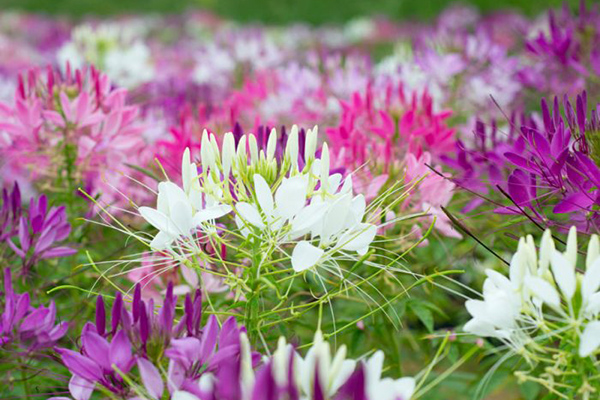
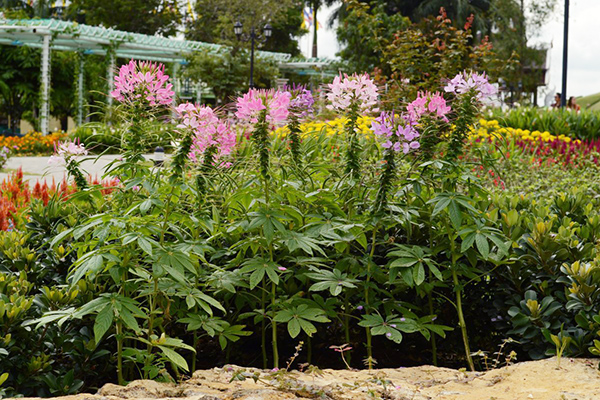
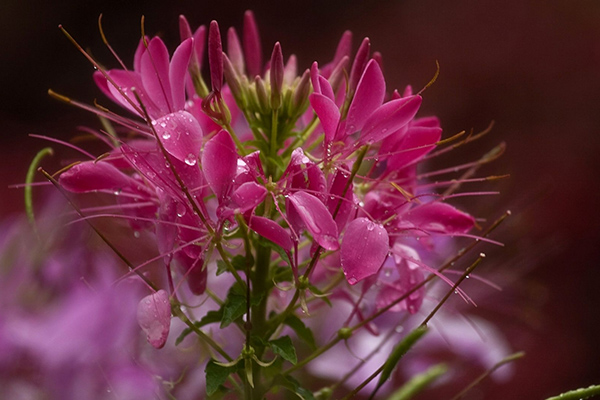
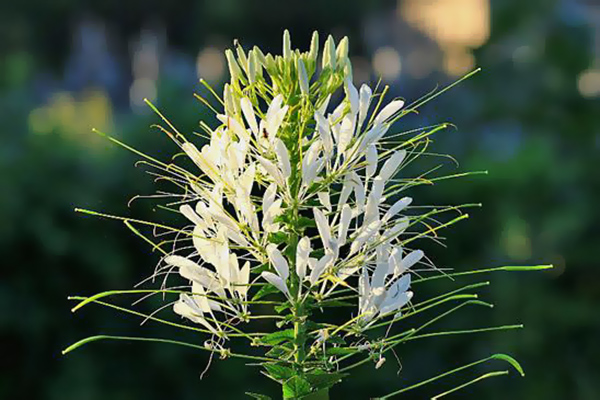
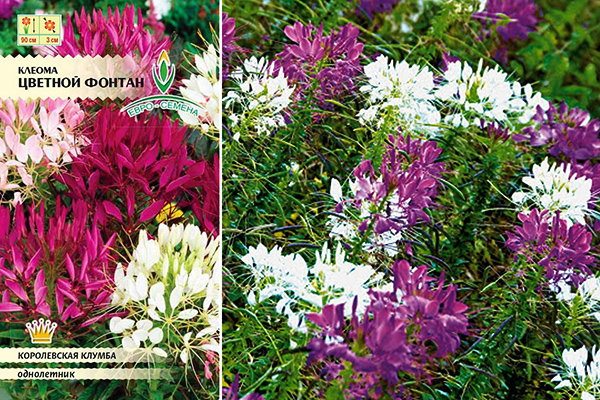
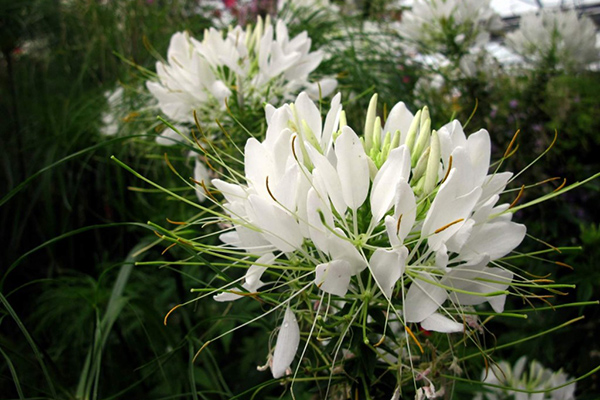
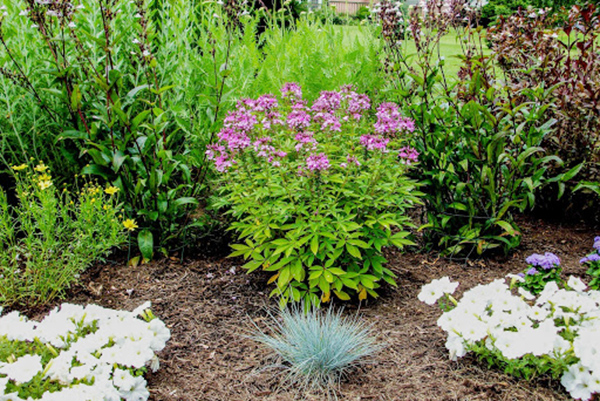
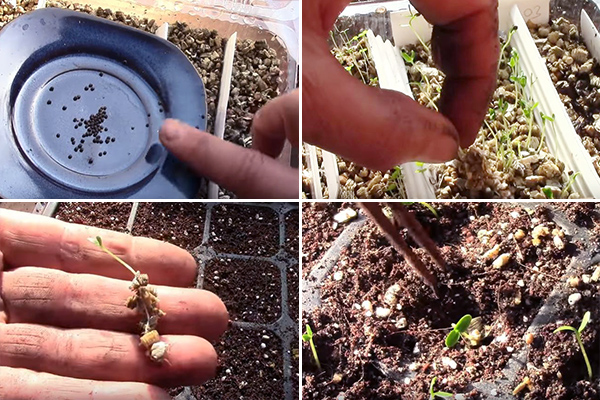
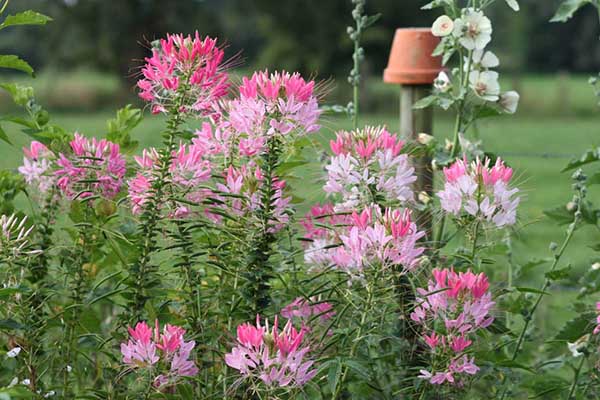

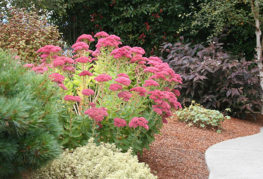
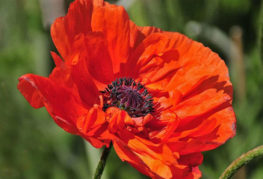
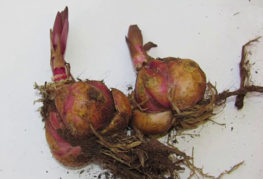
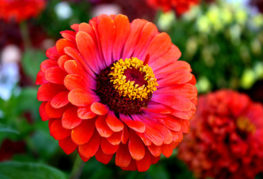
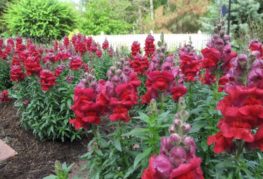
and will be published shortly.